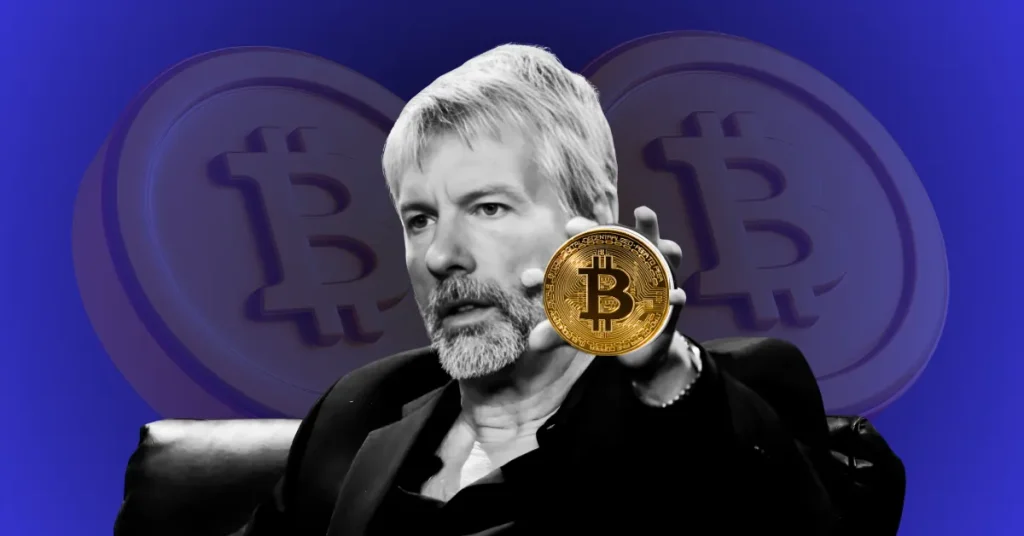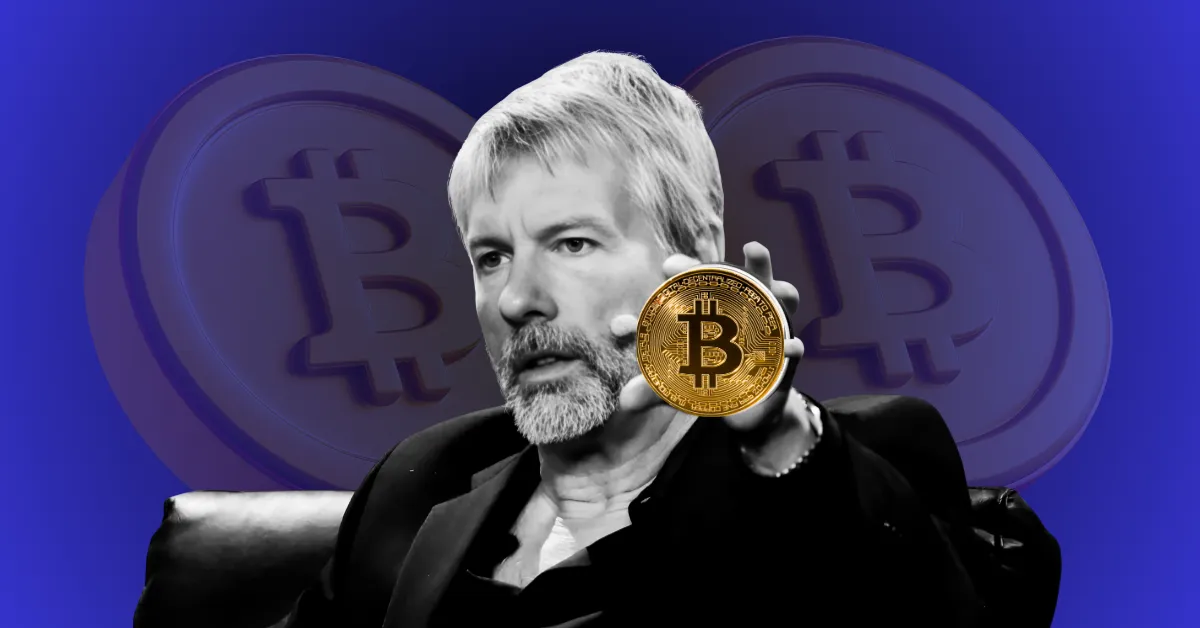
Decoding Michael Saylor’s Bitcoin Gambit: A Path to 900,000 BTC by 2027?
The Genesis of a Bitcoin Maximalist
Michael Saylor’s transformation into a Bitcoin maximalist is a story of strategic vision and conviction. In 2020, as the world grappled with economic uncertainty and inflationary pressures, Saylor recognized the limitations of traditional cash reserves. MicroStrategy, under his leadership, sought an alternative that could preserve and grow value over time. Bitcoin, with its fixed supply of 21 million coins and decentralized nature, emerged as the ideal solution. This decision was not merely a financial maneuver but a philosophical shift, positioning MicroStrategy as a pioneer in corporate Bitcoin adoption.
Saylor’s public advocacy for Bitcoin has been relentless. Through interviews, social media, and conferences, he has articulated a compelling narrative about Bitcoin’s role as a store of value and a hedge against inflation. His unwavering belief in Bitcoin’s long-term potential has earned him a reputation as a visionary, albeit one whose strategy is not without controversy. The journey from a software company to a Bitcoin investment vehicle is a testament to Saylor’s ability to see beyond conventional wisdom and embrace disruptive innovation.
The Accumulation Strategy: Debt, Equity, and the Bitcoin Flywheel
MicroStrategy’s Bitcoin accumulation strategy is a complex interplay of debt financing, equity offerings, and strategic treasury management. The company has repeatedly issued debt at relatively low interest rates to fund its Bitcoin purchases. This approach leverages the relative stability of debt markets to acquire an asset with significant growth potential. Additionally, MicroStrategy has capitalized on its rising stock price by issuing equity, further bolstering its ability to acquire more Bitcoin.
The “Bitcoin flywheel” effect, as described by TD Cowen analysts, is a critical component of this strategy. As MicroStrategy acquires more Bitcoin, its stock price tends to rise, driven by investor enthusiasm and the perceived value of its Bitcoin holdings. This increased stock price allows the company to raise more capital through equity offerings, which in turn is used to purchase more Bitcoin, perpetuating the cycle. The success of this strategy hinges on several key assumptions:
The 900,000 BTC Target: Feasibility and Implications
The target of holding 900,000 BTC by 2027 is an ambitious one. Given MicroStrategy’s current holdings of over 600,000 BTC, achieving this goal requires acquiring approximately 300,000 more Bitcoin in the coming years. The feasibility of this target depends on several factors, including capital availability, Bitcoin market dynamics, and the regulatory landscape.
Capital availability is a critical factor. MicroStrategy needs to continue to access sufficient capital to fund its Bitcoin purchases. This may become more challenging if market conditions change or if investor sentiment shifts. The company’s ability to issue debt and equity at favorable terms will be crucial in sustaining its accumulation strategy.
Bitcoin market dynamics will also influence the pace of accumulation. Significant price volatility or supply constraints could impact MicroStrategy’s ability to acquire Bitcoin at desired levels. The company’s strategy assumes that Bitcoin will continue to appreciate, but market conditions can be unpredictable, and significant downturns could pose challenges.
The regulatory landscape is another important consideration. Changes in regulations related to cryptocurrencies could affect MicroStrategy’s ability to operate and invest in Bitcoin. The regulatory environment for cryptocurrencies is constantly evolving, and unfavorable regulations could restrict MicroStrategy’s ability to execute its strategy.
If MicroStrategy succeeds in reaching its 900,000 BTC target, it would solidify its position as the largest corporate holder of Bitcoin. This would have several implications:
Risks and Challenges: A High-Stakes Gamble
While Saylor’s Bitcoin strategy has generated impressive returns for MicroStrategy, it is not without its risks. The company’s fortunes are inextricably linked to the volatile price of Bitcoin. A significant and sustained downturn in the Bitcoin market could have severe consequences for MicroStrategy, including:
Beyond price volatility, MicroStrategy faces other challenges:
Beyond MicroStrategy: The Broader Implications
Michael Saylor’s Bitcoin strategy has far-reaching implications beyond MicroStrategy. It has demonstrated the potential for corporations to use Bitcoin as a treasury reserve asset and a strategic investment. This has paved the way for other companies to explore similar strategies, contributing to the growing institutional adoption of Bitcoin.
Moreover, Saylor’s advocacy for Bitcoin has helped to legitimize the cryptocurrency in the eyes of mainstream investors and businesses. His articulate explanations of Bitcoin’s value proposition have resonated with a wide audience, fostering greater understanding and acceptance of the technology. This has contributed to a broader shift in the perception of Bitcoin, from a speculative asset to a legitimate store of value and investment vehicle.
However, MicroStrategy’s approach has also raised concerns about the potential risks of corporate Bitcoin adoption. Critics argue that tying a company’s fortunes so closely to a volatile asset like Bitcoin is reckless and could expose investors to undue risk. The long-term consequences of widespread corporate Bitcoin adoption remain uncertain, and it is essential to carefully consider the potential benefits and drawbacks.
A Legacy in the Making?
Michael Saylor’s Bitcoin strategy represents a bold and unconventional approach to corporate finance. His unwavering conviction in Bitcoin’s long-term value has transformed MicroStrategy and influenced the broader cryptocurrency market. Whether his gamble pays off remains to be seen, but one thing is certain: Saylor has left an indelible mark on the world of finance and technology. His pursuit of 900,000 BTC by 2027 is not just a corporate goal; it’s a testament to his belief in a future where Bitcoin plays a central role in the global economy. The outcome of this high-stakes game will undoubtedly shape the future of MicroStrategy and the evolution of Bitcoin as an asset class.





